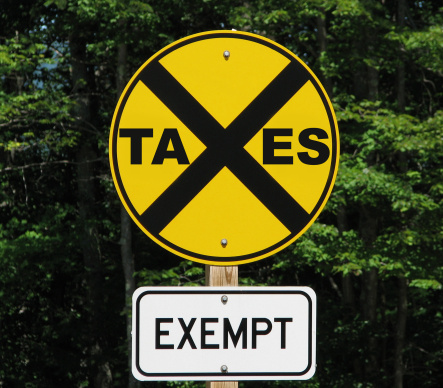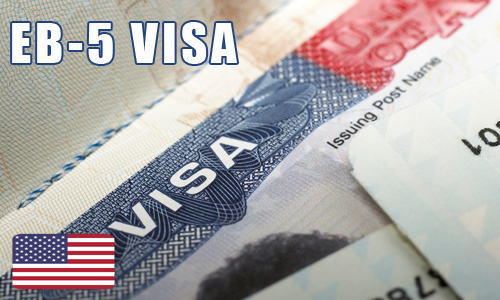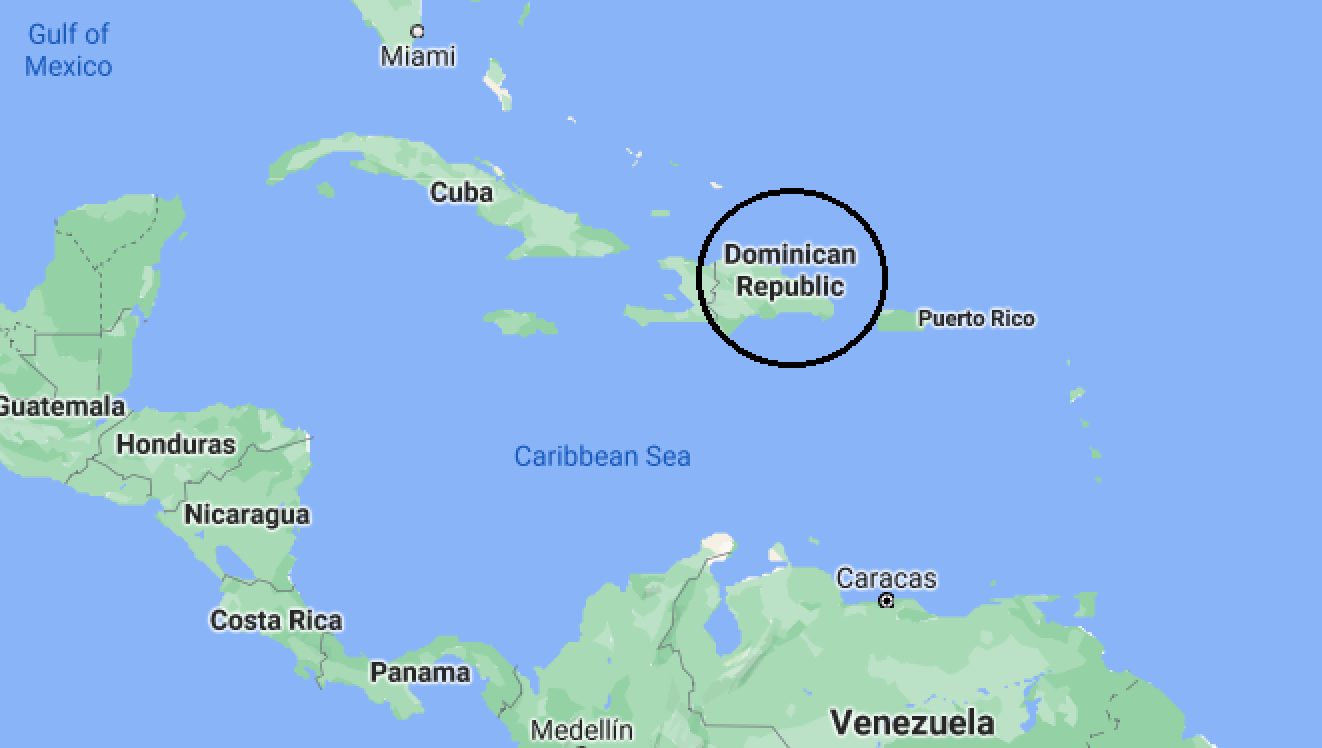Offshore Business Tax Reporting Summary
If you’re operating a business outside of the United States, your offshore business tax reporting obligations can be daunting. Failure to comply can result in significant interest and penalties, the loss of your business, and even the loss of your freedom. Here is a brief description of the most common offshore business tax reporting obligations.
The first and most important offshore business tax reporting obligation is not about paying taxes, but reporting where your assets are located. FinCEN Form 114, commonly referred to as the FBAR, requires you to disclose your foreign bank accounts if you have more than $10,000 offshore. This form requires the name of the bank, account number, account size, address of the bank, and whether you own the account. Failure to file FinCEN Form 114 can result in a penalty of up to $100,000 per year and 5 years in prison.
The next non-tax offshore business tax reporting obligation is IRS From 8939, “Statement of Specified Foreign Financial Assets.” This one expects you to disclose all assets and investments you hold outside of the United States. It is only required if you have “significant” assets abroad, so check the instructions for the filing requirements. They vary depending on where you live (in the U.S. and abroad) and whether you are married or single.
There are several exceptions to Form 8939. For example, you do not need to report gold you hold in a vault nor real estate that you hold in your name. For more information, please see my articles on gold and offshore real estate.
The balance of your offshore business tax reporting obligations are in concert with your personal income tax return (Form 1040) and the forms are attached there, too. For example, you should be drawing a salary from your offshore company of up to the Foreign Earned Income Exclusion and retaining earnings in excess of this amount ($99,200 for 2014). To accomplish this, you will attach Form 2555, “Foreign Earned Income,” to your personal return. This form requires information on your employer (the offshore company you own), your salary, foreign residency if any, and your travel days to and from the United States.
The largest (in terms of number of pages) offshore business tax reporting item is IRS Form 5471, “Information Return of U.S. Persons with Respect to Certain Foreign Corporations.” This is a full blown corporate tax return, akin to IRS Forms 1120 and 1120-S. It will require information on the owners and shareholders of the offshore business, as well as Profit and Loss and Balance Sheet data. It includes a variety of forms and schedules and is attached to your personal income tax return.
Because Form 5471 goes in with your personal return, it is due whenever your 1040 is due. If you’re living in the U.S. on tax day, you need to mail it by April 15. If not, you can get an automatic extension to October 15. If you are living outside of the U.S., you get an extra two months to file.
If you will use an offshore Limited Liability Company to hold intellectual property, or to manage personal investments, you will file IRS Form 8858, “Information Return of U.S. Persons with Respect to Foreign Disregarded Entities.” This form allows you to create subsidiaries of your parent corporation and eliminates corporate level tax on passive investments that you wish to flow through to your personal 1040 or Form 5471.
Finally, if you will hold your business inside an offshore trust for estate planning, privacy and asset protection purposes, you may need to file IRS Forms 3520 and 3520-A. These will allow you to hold your offshore business in an offshore asset protection trust and may provide significant tax benefits if your estate is over $5 million.
The bottom line of IRS Forms 3520-A and 3520 is that income from the trust will flow through to the settlor’s personal income tax return (your 1040). Only at your passing will your heirs need to begin reporting and paying tax, albeit at a stepped up basis.
I hope you’ve found this post on offshore business tax reporting interesting. See our tax section (top right of the website) for more detailed information. If you are interested in receiving these posts by email, please sign up for our free email newsletter.










